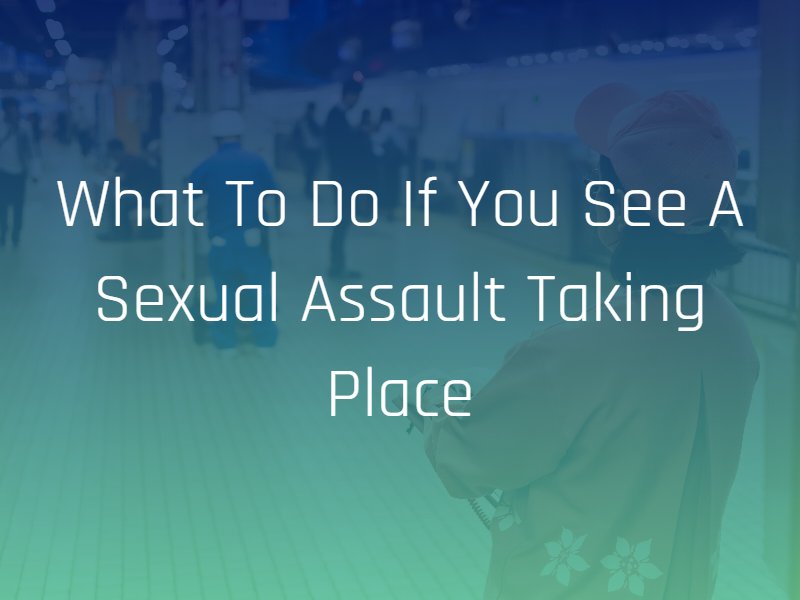Sexual assault is a violent crime that affects thousands of people each year. According to the Rape, Abuse, and Incest National Network (RAINN), one person in the United States experiences sexual assault every 73 seconds.
While the only person responsible for an assault is the perpetrator, bystander intervention can help prevent or stop this violence. If you see a sexual assault taking place, you can take steps to protect the survivor and hold the perpetrator accountable for his or her actions.
The Power of Bystander Intervention
A bystander is a person who is present when an assault takes place or witnesses a series of events leading up to an assault. Bystanders play an important role in preventing and stopping sexual assault.
Take, for example, the 2015 sexual assault case at Stanford University. In January 2015, graduate students witnessed a freshman student, Brock Turner, sexually assaulting an unconscious woman. Turner ran, and the graduate students chased him and held him down. A third student called the police, and Turner was apprehended and sent to jail.
If these witnesses were not in the area—or if they chose not to intervene—the assault would have continued, and the survivor would not have received the help she needed. However, these bystanders chose to intervene, helping hold Turner accountable for his crimes.
How to Prevent Sexual Assault
Sexual assault can happen in many situations. If you see an assault occurring, or if you believe that sexual assault may occur, take the following steps to intervene and protect the survivor.
- First, evaluate the situation. If you can step in and offer assistance without putting yourself in danger, do so. If the situation seems dangerous, call 911 immediately.
- Create a distraction and interrupt the situation. Providing a distraction can enable the survivor to seek help or get to a safe place. Asking the person to help you prepare snacks in the kitchen, starting an engaging activity or debate, or offering a diversion in the conversation are subtle distractions.
- If it is safe to do so, provide direct intervention to stop the assault. Address the perpetrator directly and be as firm as possible. Tell the perpetrator that his or her actions are wrong. If the perpetrator responds to you, ignore him or her and focus on helping the survivor.
- Once the survivor gets to a safe location, talk to him or her directly. Ask the survivor about his or her safety and ask him or her if you can provide any help. Stay with the survivor and help him or her receive the assistance he or she needs.
- If you are afraid to approach the situation by yourself, enlist the help of other bystanders. You can ask an authority figure, such as a security guard or bartender, to help you interrupt the situation. You can also ask a friend of the at-risk person to escort him or her to a safe location.
- If you or someone else calls the police, remain at the scene so you can provide a statement. Many sexual assault cases do not result in conviction due to lack of evidence and other factors. If the survivor wants to press charges, your witness testimony can provide valuable evidence that can help bring the perpetrator to justice.
During a sexual assault, bystander actions matter. If you notice any activity that may lead to sexual assault, do not hesitate to intervene and help the survivor get to safety. After seeking immediate help, the survivor can call the National Sexual Assault Hotline at (800) 656-4673 to find local resources and support. He or she can also speak to a sexual assault attorney to discuss his or her legal options.

